The 1926 $2.50 Sesquicentennial Gold Coin stands as a beautiful symbol of American history and craftsmanship. Issued to celebrate the 150th anniversary of the signing of the Declaration of Independence, this coin is both a numismatic treasure and a testament to national pride. With its intricate design and historical significance, this coin remains highly valued among collectors and historians. Below, we’ll explore its background, unique design elements, auction history, and significance within the series of U.S. commemorative coins.
Historical Background: A Celebration of Independence
This Article Includes [hide]
- 1 Historical Background: A Celebration of Independence
- 2 Design and Composition: An Artwork by John R. Sinnock
- 3 Symbolic Inscriptions and the Independence Hall Reverse
- 4 Auction Record: A Rare Gem with High Demand
- 5 Significance in the Gold Commemoratives Series
- 6 Legacy of the 1926 $2.50 Sesquicentennial Gold Coin
In 1926, the United States celebrated a monumental anniversary—150 years since the signing of the Declaration of Independence. To commemorate this sesquicentennial, the U.S. Mint released two coins: a half-dollar and a $2.50 gold quarter eagle. These coins were meant to honor the spirit of independence and remind Americans of the sacrifices made to establish the nation. The quarter eagle, often referred to as the 1926 Sesquicentennial $2.50 gold coin, quickly became a beloved piece due to its historical significance, artistic design, and limited mintage.
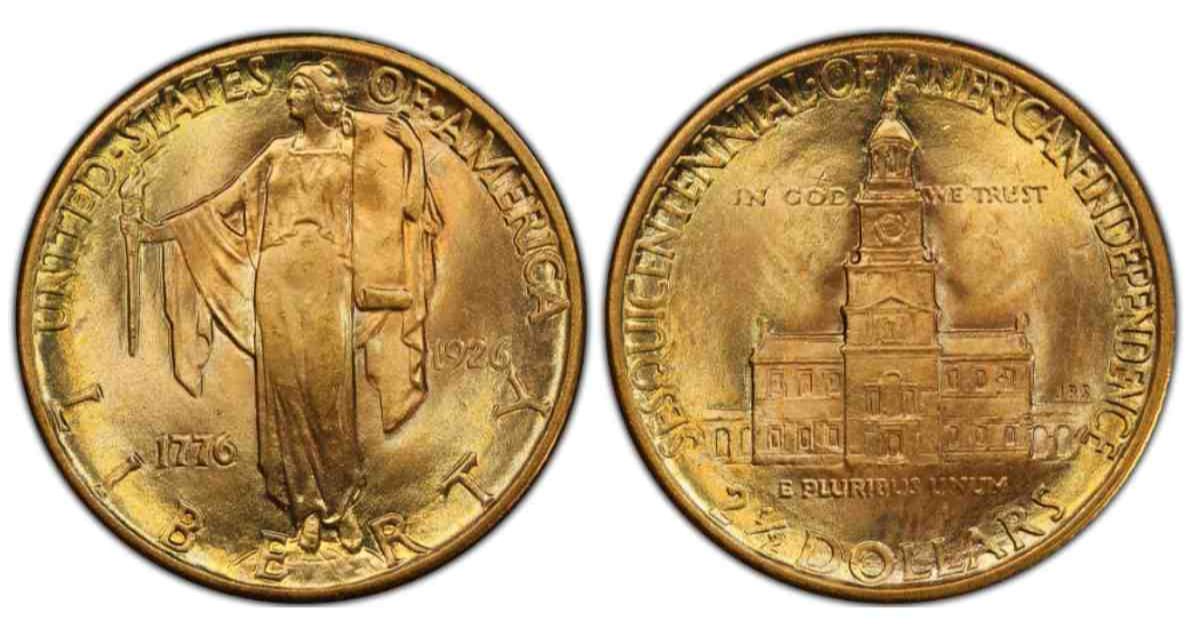
Design and Composition: An Artwork by John R. Sinnock
The 1926 Sesquicentennial quarter eagle was designed by John R. Sinnock, who later became Chief Engraver of the U.S. Mint. His design emphasizes the values of liberty and freedom, capturing both in the coin’s artistic elements. The obverse of the coin features a full-length depiction of Liberty, holding a flaming torch in her right hand—a symbol of enlightenment and hope. In her left hand, she holds an unfurling scroll, which may represent the ongoing legacy of the Declaration.
The coin’s edge is reeded, and it has a 90% gold and 10% copper composition. This combination gives it a rich golden hue, with a durability that has helped it withstand the test of time. The coin’s limited mintage of only 46,019 units makes it one of the rarer early U.S. commemorative gold coins, enhancing its appeal for collectors.
Symbolic Inscriptions and the Independence Hall Reverse
Sinnock’s design incorporates powerful inscriptions on both sides. The obverse is engraved with “UNITED STATES OF AMERICA” along the top edge, with “LIBERTY” marked at the bottom. Notably, the obverse also includes the dual dates, 1776 and 1926, to signify the centennial milestone.
On the reverse, Sinnock placed an image of Independence Hall, the historic location where the Declaration of Independence was signed in 1776. This building has become an enduring symbol of American independence, and its inclusion in the coin’s design speaks to the importance of that iconic event in the nation’s history. For many, this depiction of Independence Hall serves as a constant reminder of the birthplace of the United States’ guiding principles.
Auction Record: A Rare Gem with High Demand
The rarity and beauty of the 1926 $2.50 Sesquicentennial Gold Coin have made it a highly prized item among collectors. In 2007, a coin in an MS67 grade, certified for its near-perfect condition, fetched an auction price of $54,625 through Heritage Auctions. This auction set a record for the coin at that time. Given the increase in the cost of living and interest in American historical pieces, it’s likely that the value of this coin has grown further in the years since.
Significance in the Gold Commemoratives Series
The 1926 Sesquicentennial quarter eagle marked the final issuance in the early U.S. commemorative gold coin series, spanning from 1903 to 1926. This coin’s large mintage within the series makes it an interesting piece, reflecting a surge in demand from collectors interested in commemorative coins celebrating major American milestones.
Legacy of the 1926 $2.50 Sesquicentennial Gold Coin
With its rich design and historical context, the 1926 $2.50 Sesquicentennial Gold Coin endures as a prominent symbol of American independence. Collectors and historians alike treasure it not only for its aesthetic appeal but also for its place in commemorating a defining moment in U.S. history. Together with the half-dollar, it serves as a reminder of the nation’s journey to freedom and the enduring values that guide it.
For those passionate about U.S. history and numismatics, the 1926 Sesquicentennial gold coin represents far more than its metal composition. It stands as a tribute to America’s legacy, a collector’s treasure, and a piece of art that continues to inspire appreciation for the history it commemorates.

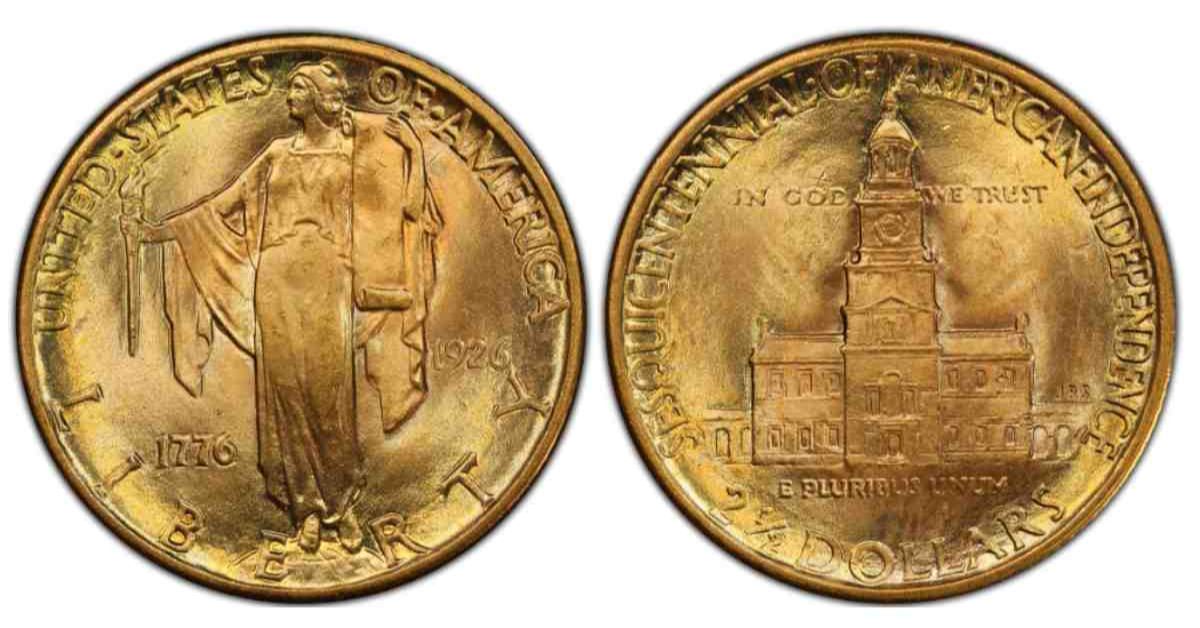
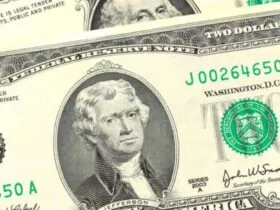




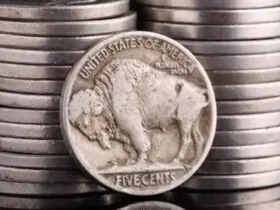
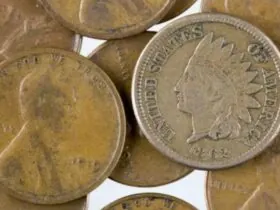

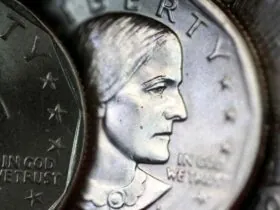
Leave a Reply